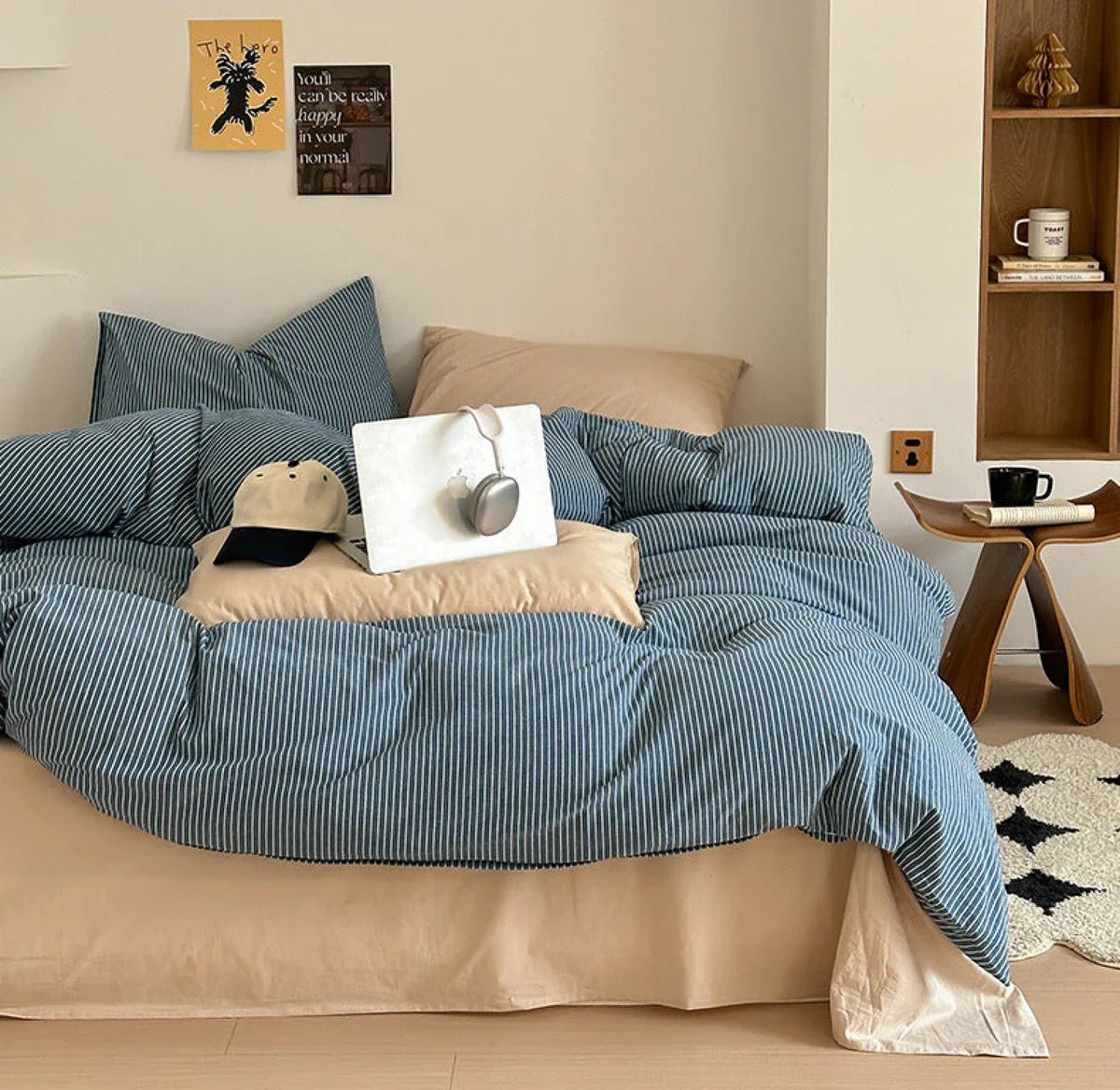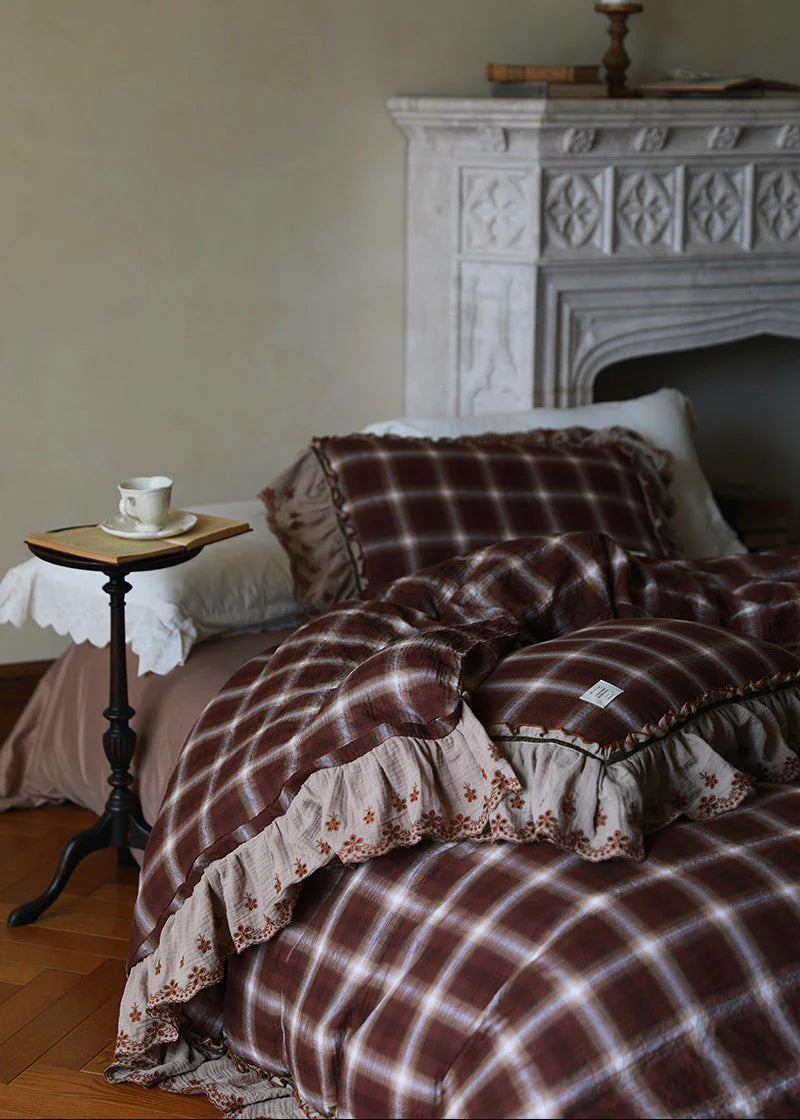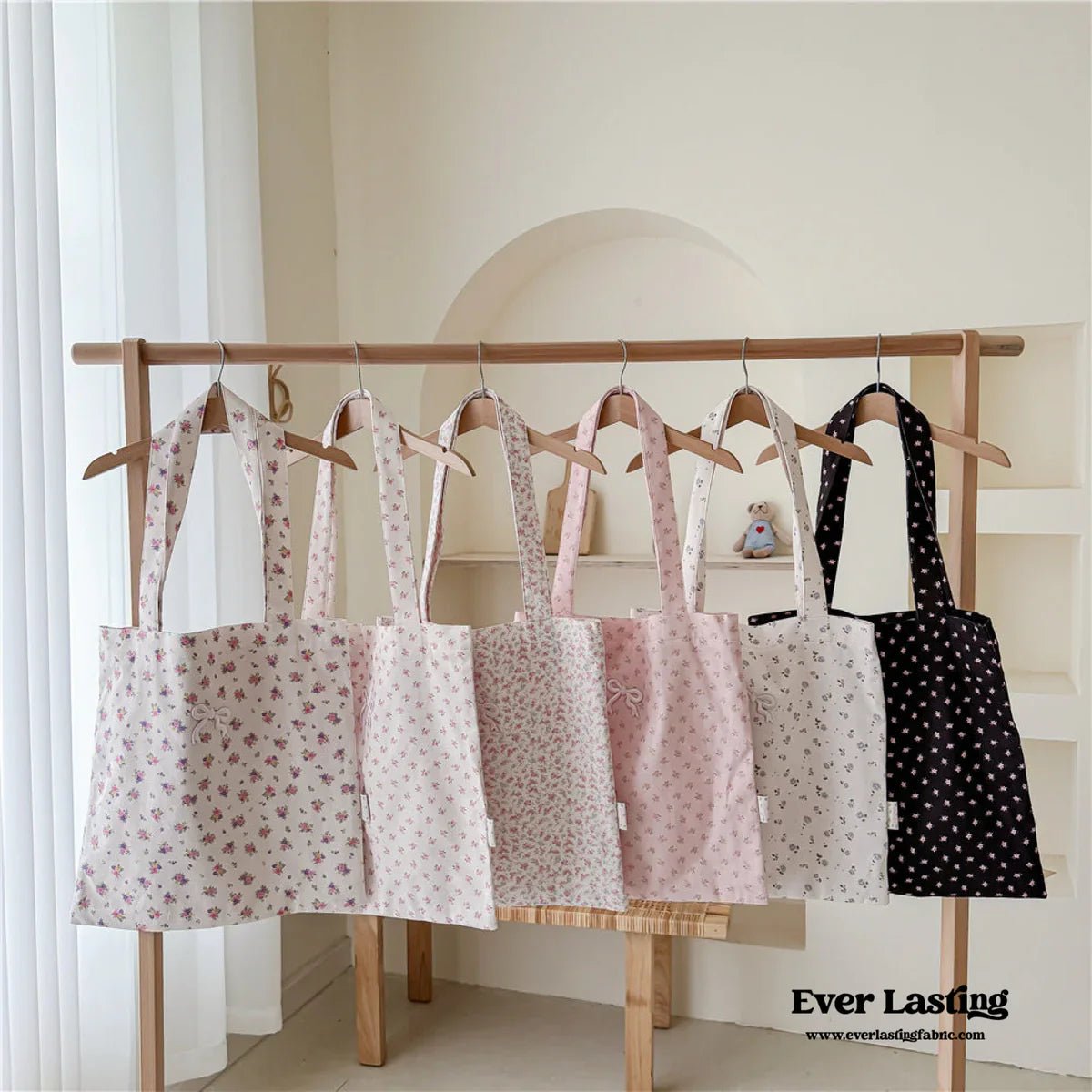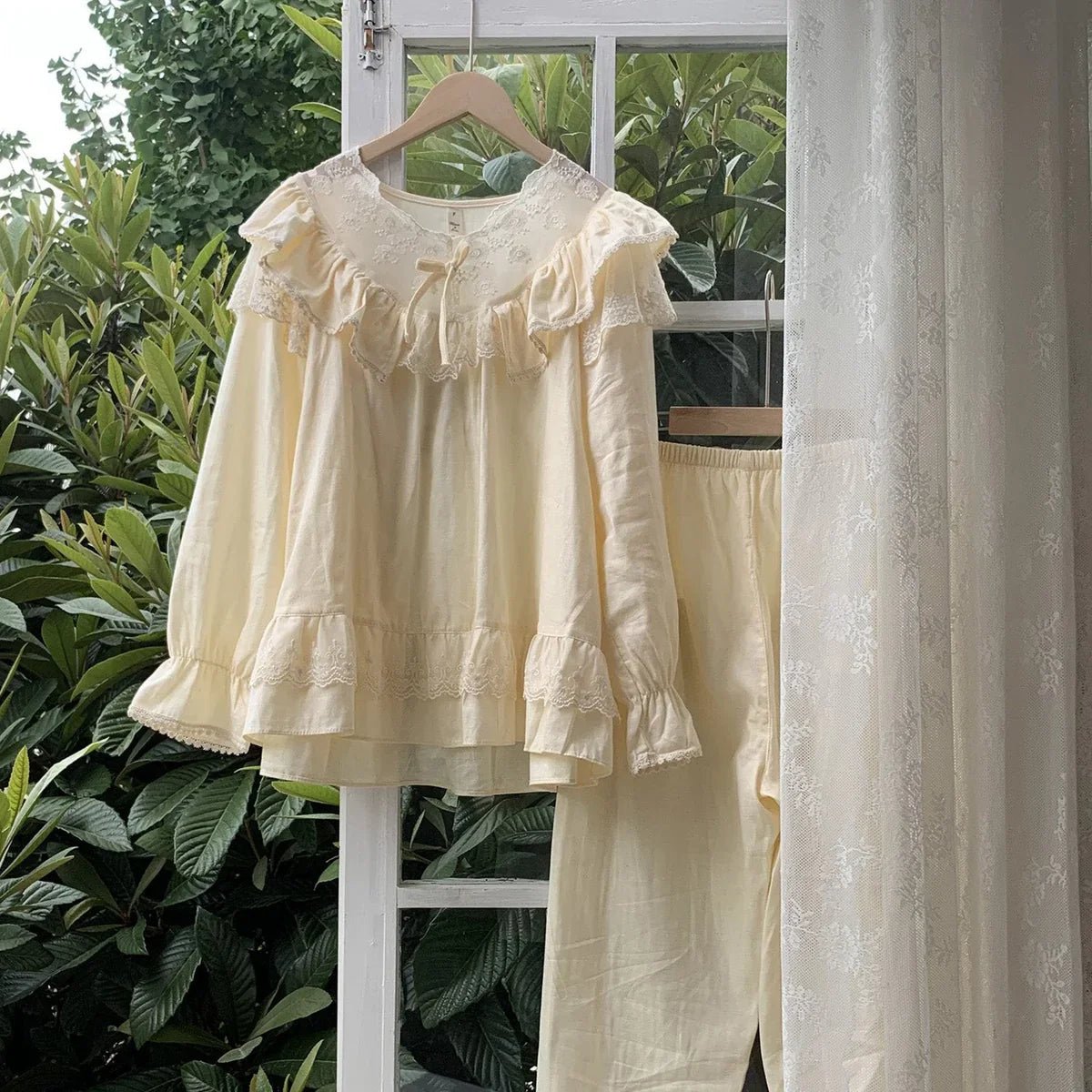
How Your Bedding Affects Your Sleep Quality (And How to Choose the Best Fabrics)
A good night’s sleep is essential for health and well-being, yet many people overlook how much their bedding can influence sleep quality. While mattresses and pillows often receive attention, the fabric you sleep on plays a critical role in comfort, temperature regulation, and allergy management. This article explores the science behind bedding materials and provides guidance on selecting the best fabrics for restful, rejuvenating sleep. By understanding how fabric properties align with sleep needs, you can create an environment that promotes deeper, uninterrupted rest.
1. Why Bedding Material Matters


Bedding is not just about aesthetics or softness. It directly impacts sleep quality through four key factors:
- Thermal Comfort: The ability of sheets to regulate body temperature is vital. Natural temperature drops during sleep help initiate and maintain deep sleep stages. Fabrics like linen and wool excel here—linen’s breathability prevents heat buildup, while wool’s insulation traps warmth in cooler environments.
- Moisture Management: Sweat production increases during sleep, particularly in REM stages. Materials like Tencel and linen absorb moisture efficiently, keeping sleepers dry. Tencel, derived from wood pulp, wicks moisture away from the skin faster than many natural fibers, reducing nighttime discomfort.
- Skin Health: Rough or synthetic fabrics may irritate the skin or trap bacteria. Hypoallergenic materials like silk minimize friction and reduce microbial growth. Silk’s smooth surface is less likely to cause irritation, making it ideal for sensitive skin.
- Overall Comfort: The tactile feel of bedding influences relaxation. Soft, natural-fiber sheets are often linked to faster sleep onset compared to synthetic blends. The psychological comfort of high-quality fabrics can reduce stress, signaling to the brain that it is time to rest.
Research highlights the importance of fabric choice. For example, studies show that silk bedding improves sleep efficiency over synthetic options due to its temperature-regulating properties. Wool sleepwear has also been found to reduce sleep onset latency, especially in cooler conditions. These insights emphasize the need to select materials tailored to individual preferences and environmental factors.
Find similar styles...
2. Psychological Comfort and Sleep


The psychological impact of bedding is significant. Soft, inviting sheets signal to the brain that it is time to unwind, lowering stress levels. Sensory cues, such as the crispness of freshly laundered cotton or the cool glide of silk, create mental associations with relaxation. Over time, these associations can condition the mind to transition more smoothly into sleep.
Color and texture also play subtle roles. Neutral tones like ivory or soft gray are often linked to calmness, while textured fabrics like linen or brushed cotton can enhance a sense of comfort. Bold patterns or bright colors, though visually appealing, may stimulate the mind and delay sleep onset.
Cultural preferences further influence choices. In Mediterranean climates, lightweight linen bedding is favored for its ability to stay cool during hot nights. In contrast, Scandinavian traditions prioritize layered wool blankets for their adaptability to frigid winters. These examples illustrate how bedding should align with both personal comfort and environmental needs.
Grab the look with ...
3. Bedding and Allergies


For allergy sufferers, fabric choice is critical. Dust mites, mold, and pet dander accumulate in bedding, worsening symptoms like sneezing or skin irritation. Hypoallergenic materials help mitigate these issues:
- Silk : Naturally repels dust mites and fungi due to its tightly woven structure and natural protein composition.
- Microfiber : Tight synthetic weaves block allergens, though they may lack breathability compared to natural fibers.
- High-Thread-Count Cotton : Tight weaves prevent allergen penetration, reducing exposure to irritants.
Washing routines also matter. Hypoallergenic fabrics like silk may require gentle detergents to preserve their properties, while microfiber can withstand frequent washing to eliminate allergens. Pairing allergen-proof mattress covers with tightly woven sheets provides additional protection. Vacuuming bedding weekly and avoiding fabric softeners, which can trap allergens, further enhances sleep hygiene.
Craft your style with ...
4. Comparing Popular Bedding Fabrics




Understanding the pros and cons of common materials ensures informed decisions:
Cotton
- Pros: Breathable, durable, and moisture-wicking. Ideal for hot sleepers.
- Cons: Low-quality cotton may pill over time. Wrinkles easily unless treated.
Linen
- Pros: Absorbs moisture efficiently and softens with washing. Naturally temperature-regulating, keeping sleepers cool in summer and warm in winter.
- Cons: Feels rough initially and is often costly.
Silk
- Pros: Smooth surface reduces friction, benefiting skin and hair. Regulates temperature effectively.
- Cons: Requires delicate care and is expensive.
Wool
- Pros: Excellent insulation for cold climates. Naturally fire-resistant and biodegradable.
- Cons: May retain odors in humid conditions.
Tencel (Lyocell)
- Pros: Eco-friendly production process. Moisture-wicking and resistant to bacteria.
- Cons: Higher cost and requires gentle washing.
Polyester
- Pros: Affordable and durable.
- Cons: Traps heat and moisture, reducing breathability.
Find similar styles...
Final Thoughts
Your bedding is a cornerstone of sleep health, influencing temperature regulation, skin comfort, and relaxation. Natural fibers like cotton, linen, silk, and wool offer distinct benefits, from breathability to allergen resistance. By aligning fabric choices with personal needs—whether managing night sweats, allergies, or seasonal temperature changes—you can create a sleep environment that fosters restorative rest. Invest in quality materials, maintain them carefully, and let their properties guide you toward better sleep. Small adjustments, such as switching to temperature-regulating linen in summer or hypoallergenic silk for year-round comfort, can yield significant improvements in sleep quality over time.
Summary
Climate Adaptation: Rotate fabrics seasonally. Use breathable linen or Tencel in summer; opt for insulating wool in winter.
Allergy Management: Choose tightly woven fabrics like microfiber or silk. Wash bedding weekly in hot water to eliminate allergens.
Budget-Friendly Options: Prioritize high-quality cotton or microfiber blends for durability and comfort.
Maintenance: Air-dry linen to prevent shrinkage, hand-wash silk, and avoid bleach to preserve fabric integrity.
Fiber Quality: Opt for natural fibers like linen or wool over synthetic blends for better temperature regulation.
Looking for another Read?
Quick Bedding FAQ:
Do you offer student discounts?
Absolutely! We understand education is expensive, and are pleased to offer 10% off to those in school pursuing higher education. Simply send us an email to verify your student status and receive your discount code. :)
What size should I get?
In terms of sizing, most college dorms have Twin XL beds. In that case, we recommend going with a small size bed set and flat sheet. If you're looking for a fresh start or not sure where to begin, we recommend checking out our bundles! Each bundle will include a pillow, duvet insert and bedding set! It is also already pre discounted! Say heyyy to savings.
Don't see the bundle for the style of bedding set you like? Reach out to us and we might be able to make it happen! :)
For more info on bedding and sizing check out our size guide.
How should I decorate my room?
However you feel fit! No matter your style or aesthetic, Ever Lasting has a huge selection of bedding, we're sure you'll find something you love. ♡ Don't forget to share your progress and room makeovers with us by using #EverLastingMakeover and tagging us @EverLastingFabric.
Anything we missed?
Find more answers and tips on our back to school page or contact us for more help :)
Thanks for staying till the end🤍
Thanks for finishing reading the whole blog!! FOR MORE ABOUT BACK TO SCHOOL DEALS AND LOOKS, VISIT OUR BACK TO SCHOOL SHOPPING GUIDE (SEE MORE EXCLUSIVE OFFERS 💅 ).
Quick Links:
To read more inspo blog. To shop our new arrivals.
♡ Don't forget to share your progress and room makeovers with us by using #EverLastingMakeover #EverLastingFabric and tagging us @EverLastingFabric.











